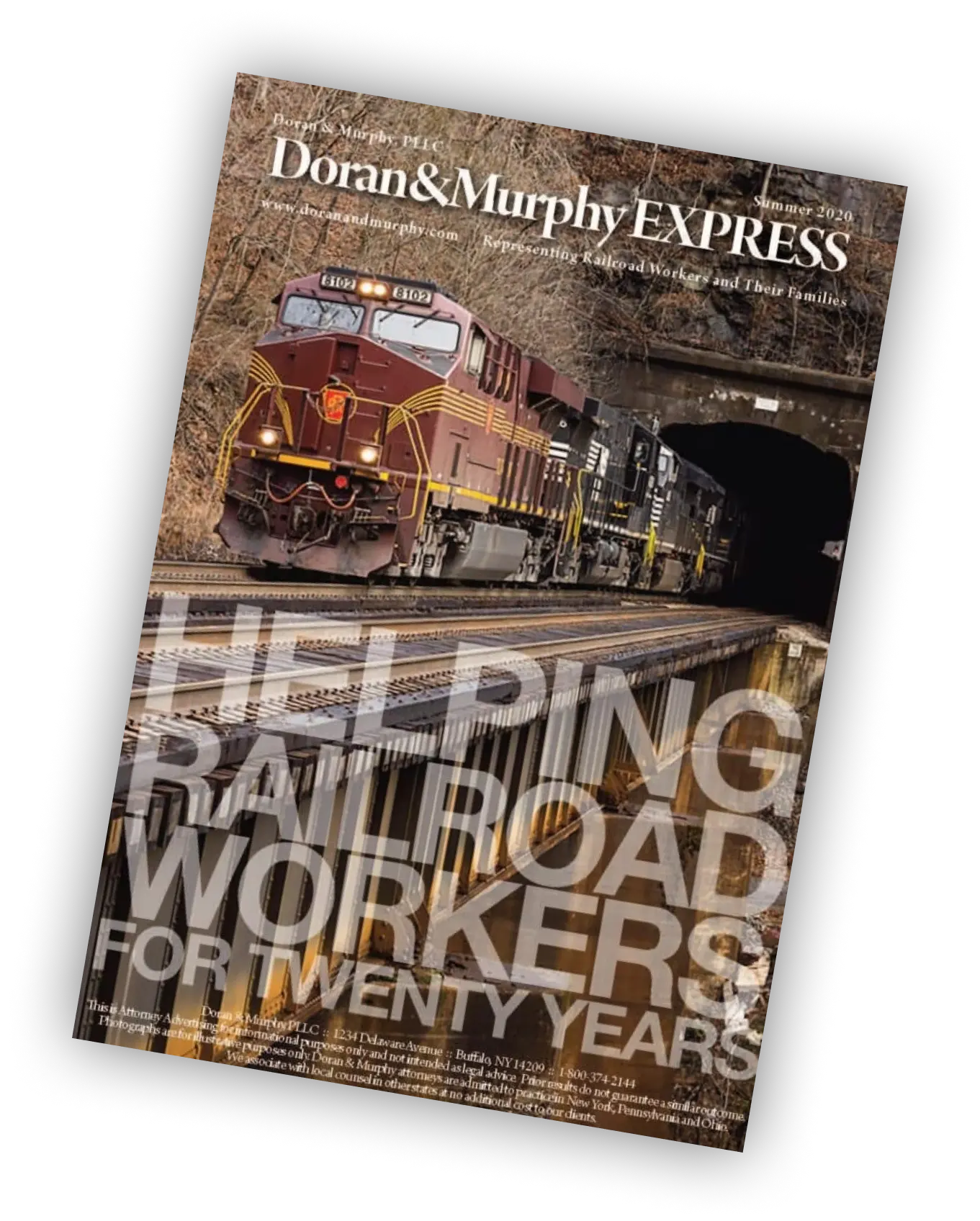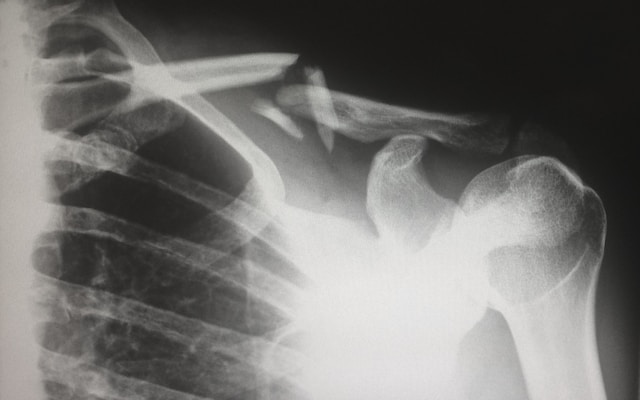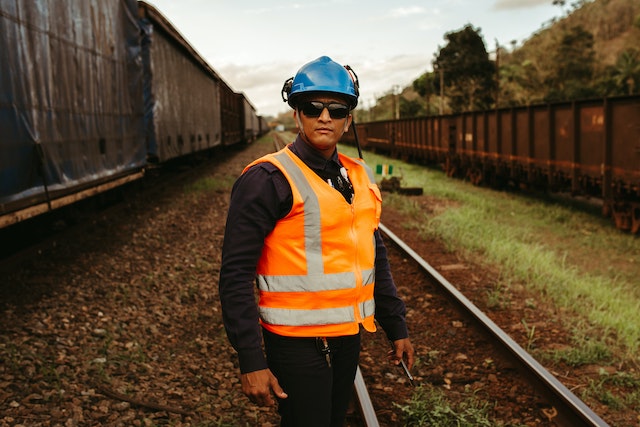
Over the last 25 years, a large number of railroad workers with mesothelioma have called our office about pursuing railroad cancer lawsuits under the Federal Employers Liability Act (or FELA). Oftentimes, these railroad workers were surprised that they came down with asbestos cancer because they had not been exposed to asbestos in many years, often decades. However, when it comes to mesothelioma and other types of asbestos cancer, especially lung cancer and throat cancer, there is a very long latency (delay) period between when the asbestos exposure occurs and when the cancer later develops in a railroad worker. As one of our medical expert witnesses who devoted his life to studying asbestos cancer disease used to say, “It takes a long time for those asbestos fibers to do their dirty work and cause cancer!”
The American Cancer Society has put it this way: “Mesotheliomas related to asbestos exposure take a long time to develop. The time between the first asbestos exposure and diagnosis of mesothelioma is usually between 20 and 50 years. And the risk of mesothelioma does not go down over time after the exposure to asbestos stops. The risk appears to be lifelong.”
Recently, Doran and Murphy represented the family of a longtime railroad worker who passed away from mesothelioma. This worker worked for a large, Class 1 railroad and had a number of exposures to asbestos, including pipe insulation from railroad shops, locomotive pipe insulation, asbestos dust from railroad brake shoes that were used until the 1980s, and vermiculite which was carried in railroad cars and would leak out in railroad yards. Vermiculite is a naturally occurring mineral that is used in insulation and potting soil. For many years vermiculite was contaminated with asbestos, particularly the vermiculite mined in Libby, Montana. During the course of our investigation in our railroad mesothelioma case, we learned that many railroad cars traveling to and from the W.R. Grace vermiculite plant in Libby, Montana passed through railroad yards all over the country for many decades. These railroad cars would travel to vermiculite processing plants that handled vermiculite from Libby, including in New York, Oregon, Virginia, Minnesota, Texas, Pennsylvania, Ohio, Louisiana, California, and Kentucky. Railroad workers in dozens of states were thereby put at potential risk because the asbestos-contaminated vermiculite ore mined in Libby, Montana was transported all over the United States by rail as shown in the following map put out by the Environmental Protection Agency and General Accounting Office (GAO):

What made these shipments so dangerous was that the type of asbestos that contaminated the vermiculite from Libby was amphibole asbestos. While all different types of asbestos are dangerous and can cause cancer, amphibole fibers are the most lethal and deadly. Every national and international health agency agrees that it doesn’t take a lot of asbestos exposure to get mesothelioma. The Occupational Safety and Health Administration (OSHA) has concluded that: “There is no ‘safe’ level of asbestos exposure for any type of asbestos fiber. Asbestos exposures as short in duration as a few days have caused mesothelioma in humans. Every occupational exposure to asbestos can cause injury of disease; every occupational exposure to asbestos contributes to the risk of getting an asbestos-related disease.”
Many railroad workers may have been unsuspectingly exposed to asbestos from leaky rail cars containing asbestos-contaminated vermiculite that were being transported all over the country by rail. The railroads were and are legally responsible for any injuries, including cancer, caused by their negligence, which would include allowing poorly maintained and leaking railroad cars to be used in the transport of asbestos.
In any mesothelioma cancer case, determining the source of exposure is critical to the success of the FELA case against the railroad. Experienced FELA railroad cancer lawyers know where to look to prove exposures and how to hold the railroads accountable. The Doran and Murphy law firm has uncovered meeting minutes and documents that prove that railroads knew about the hazards of asbestos all the way back to the 1930s and were discussing that asbestos caused cancer by the 1950s! The failure of railroads to take action, despite knowing the dangers of the asbestos used in their operations, makes them liable to railroad workers and their families for any mesothelioma or other cancer caused by their failure to provide a safe place to work.





